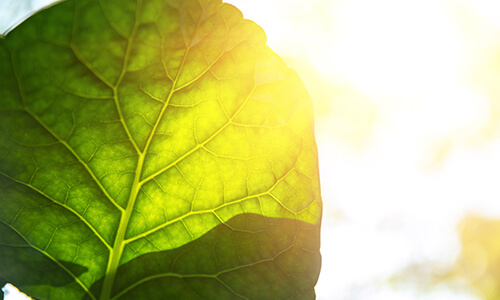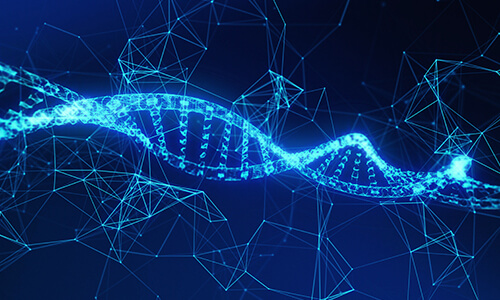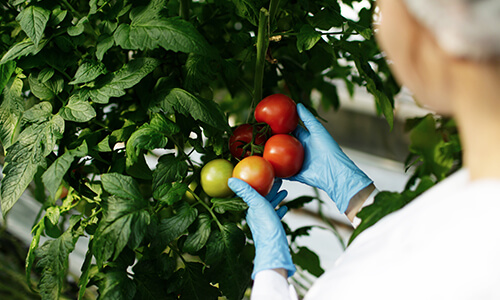Photosynthesis in Changing light
Light strongly fluctuates within crop canopies, due to changing cloud cover, solar angles, and leaf shading. Photosynthesis under fluctuating light is limited by responses to both increases and decreases in light intensity.
In the field some leaves are exposed to quick changes in light intensity. When the light is high the rate of CO2 fixation is high, and excess energy is dissipated as heat by the plant, using photoprotection mechanisms including non-photochemical quenching (NPQ). When the light level decreases and lower levels of light reach the leaf, the CO2 fixation is initially slowed until the photoprotection system reduces or stops. This relaxation of the plant’s photoprotection can take minutes to hours, and during this adjustment photosynthesis is less efficient affecting yields.
The main limitations involved with the change to high light include activation of RuBP regeneration, diffusional constraints, and activation of RuBP carboxylation by Rubisco activase. Variation in Rubisco activase properties within and between different species, may provide allelic variants for crop improvement.


Figure: Schematic showing light fluctuations within a crop canopy and their impact on photosynthesis (based on Kromdijk et al. 2016).
Recent work by Kromdijk et al. (2016) has shown that accelerating the rate of change of photo-protection induction and relaxation in tobacco significantly improved photosynthetic efficiency. The approach achieved a 15% increase in plant biomass under field conditions providing a proof of concept route for improving the efficiency of photosynthesis. In CAPITALISE the Kromdijk group will lead investigations into phenotypic variation in steady state and dynamic photosynthesis grown under field conditions. We will develop strategies to exploit variation and heritability of traits controlling Non-Steady State photosynthesis in germplasm collections of the three target crops.
Read more about

Photosynthesis

Calvin Benson cycle

Tuning CHl

Phenotyping

Data modelling
